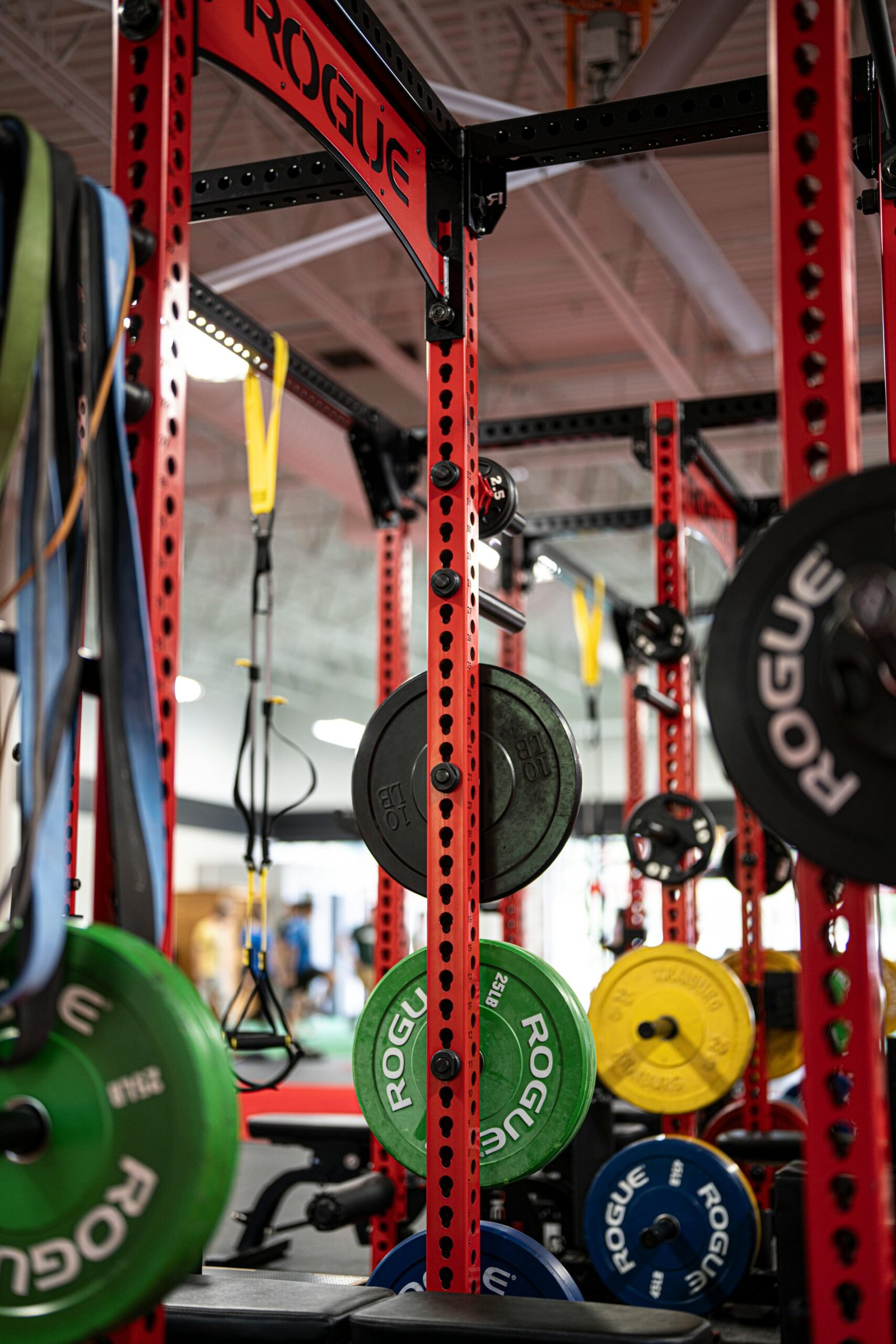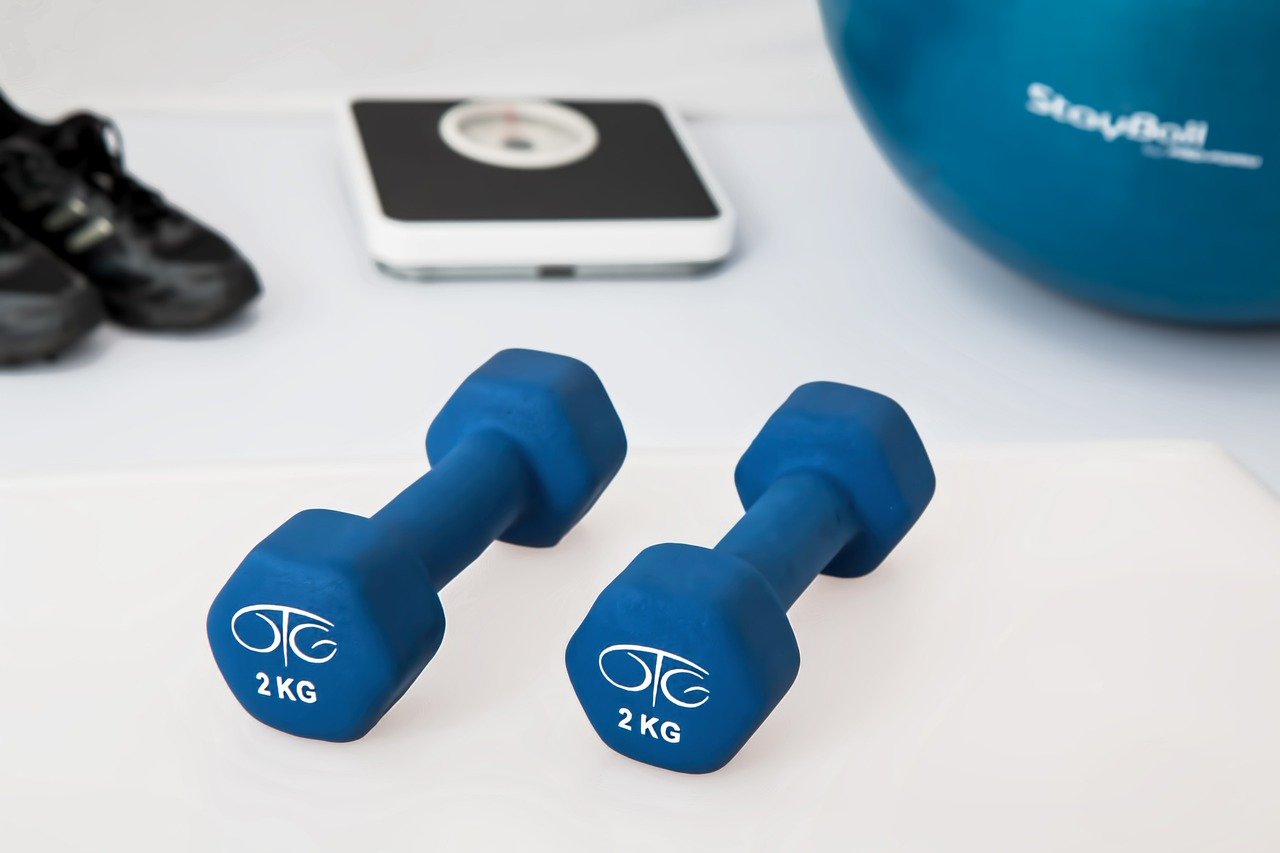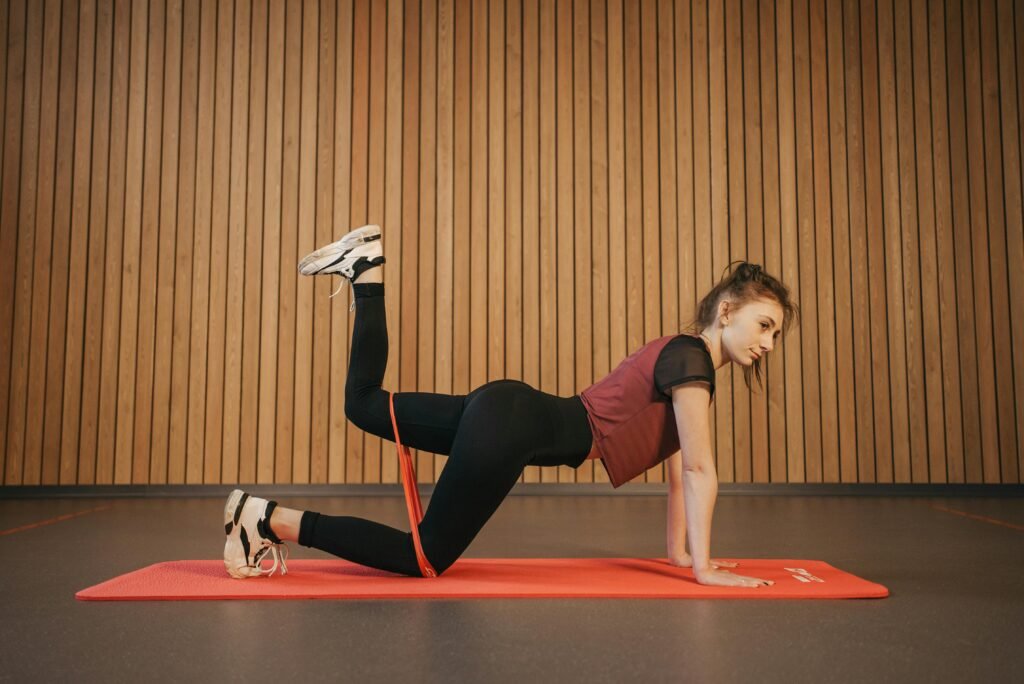1. Quality and Durability

Resistance Bands
Resistance bands are made from high-quality latex, rubber, or synthetic materials, providing a flexible but durable option. Their lifespan depends heavily on usage and care. Over time, exposure to sunlight or excessive stretching can cause them to degrade. Despite these factors, they are generally long-lasting if used properly.
- Pros: Lightweight, no risk of rust, can be stored easily.
- Cons: Can snap after prolonged use or improper care.
Weights
Weights, such as dumbbells or barbells, are typically made from iron, steel, or similar durable materials. They are known for their robustness and can last a lifetime with minimal maintenance. However, depending on the environment, they can be prone to rust (in the case of cast iron) or damage floors due to their weight.
Cons: Heavy and cumbersome to move, potential for rust or damage to storage areas.
Pros: Extremely durable, long-lasting with minimal care.
2. Cost and Affordability
Resistance Bands
Resistance bands are generally much more affordable compared to free weights. A full set of bands with different resistance levels can cost as little as $20 to $50. For beginners or those on a budget, they provide an economical entry point into strength training.
- Pros: Low cost, variety of resistance levels in one set.
- Cons: May need to replace over time, especially with frequent use.
Weights
Weights, on the other hand, can be expensive depending on the type, brand, and the amount of weight you need. A set of dumbbells or a barbell with weight plates can range anywhere from $100 to several hundred dollars. In addition, if you’re building a home gym, investing in storage racks and proper flooring can add to the total cost.
Cons: High upfront cost, additional expenses for storage and protection.
Pros: Long-term investment; can be used for years without replacement.

3. Portability and Convenience

Resistance Bands
One of the biggest advantages of resistance bands is their portability. They are lightweight, easy to pack, and can be used almost anywhere, whether at home, in the gym, or while traveling. They require minimal space for storage, making them ideal for those with limited room or who want to work out on the go.
- Pros: Extremely portable, easy to store and transport.
- Cons: Limited to exercises that don’t require large resistance loads.
Weights
Weights are far less portable due to their heavy and bulky nature. Moving weights can be cumbersome, and they require more storage space. If you rely on free weights for your workout, you’ll likely need access to a gym or dedicated home workout space. While some adjustable dumbbells offer flexibility, they still can’t match the portability of resistance bands.
Cons: Inconvenient for travel or small spaces, requires storage solutions.
Pros: Great for home gyms and stable workout setups.
4. Muscle Engagement and Versatility
Resistance Bands
Resistance bands are incredibly versatile and can be used for a wide variety of exercises that target different muscle groups. The tension in the bands increases as they stretch, creating constant tension throughout the entire range of motion. This makes them particularly effective for enhancing flexibility and improving muscle endurance.
- Pros: Versatile, can engage multiple muscle groups, constant tension throughout movements.
- Cons: Hard to achieve very high resistance levels compared to weights.
Weights
Weights are excellent for building raw strength and muscle mass. They allow for progressive overload, which is essential for muscle growth. The range of motion is more straightforward than with bands, and they are particularly useful for compound movements like squats, deadlifts, and bench presses.
Cons: Limited range of motion depending on the exercise, harder to engage stabilizer muscles compared to bands.
Pros: Best for building strength and mass, allows for precise overload adjustments.

5. Muscle Activation and Resistance Patterns

Resistance Bands
One unique aspect of resistance bands is the variable resistance they provide. As you stretch the band, resistance increases. This provides a different kind of muscle activation compared to free weights, where the resistance remains constant. Resistance bands are great for functional training because they require the muscles to stabilize and balance throughout the movement.
- Pros: Provides variable resistance, activates stabilizer muscles, suitable for rehab.
- Cons: May not engage large muscles to the same degree as heavy weights.
Weights
Weights offer consistent resistance, making them ideal for building maximum muscle tension at every point in a lift. This allows for progressive overload, where you can steadily increase the weight to continue challenging your muscles and growing strength. They are more effective for hypertrophy and are favored for traditional strength training routines.
- Pros: Best for hypertrophy and strength, easier to progressively overload.
- Cons: Can place excessive strain on joints if used improperly.
6. Targeted Muscle Groups and Full-Body Training
Resistance Bands
Resistance bands are excellent for full-body workouts. They can be used for everything from lower body exercises (squats, lunges) to upper body movements (rows, chest presses). Their versatility makes them an ideal option for engaging both small stabilizing muscles and larger muscle groups.
- Pros: Full-body versatility, especially useful for smaller muscles and rehab.
- Cons: Less effective for isolating large muscle groups with heavy resistance.
Weights
Weights are generally more effective for targeting specific, larger muscle groups. With weights, exercises like bench presses, squats, and deadlifts are easier to perform with heavy resistance, making them more suited for bodybuilding, powerlifting, or heavy strength training.
Cons: Less versatile for full-body workouts without additional equipment.
Pros: Effective for isolating large muscle groups, excellent for heavy lifting.

7. Training Effectiveness and Goals

Resistance Bands
Resistance bands are effective for building muscle endurance, improving flexibility, and enhancing mobility. They are also ideal for rehabilitation, as they place less strain on joints and tendons. While they can certainly help build strength, they are not as effective as weights for hypertrophy or maximum strength gains.
- Best For: Mobility, flexibility, endurance, rehabilitation, beginners.
- Not Ideal For: Maximum strength or muscle hypertrophy.
Weights
Free weights are the gold standard for those looking to build strength, increase muscle size (hypertrophy), and improve power. They are ideal for achieving specific training goals related to bodybuilding, weightlifting, or sports performance.
Not Ideal For: Flexibility, mobility, or joint rehabilitation.
Best For: Strength, hypertrophy, power, advanced weight training.
8. Conclusion: Which is Better?

The answer to whether resistance bands are as good as weights depends largely on your individual fitness goals. For those looking for a convenient, affordable, and versatile option to improve mobility, endurance, and full-body strength, resistance bands are excellent. They are also perfect for beginners or individuals rehabilitating from injury.
However, if your goal is to build significant muscle mass, improve maximum strength, or focus on heavy lifting, free weights are the superior choice. They allow for more progressive overload, which is crucial for hypertrophy and long-term strength gains.
Ultimately, incorporating both resistance bands and weights into your routine might offer the best of both worlds, allowing you to enjoy the flexibility and versatility of bands while benefiting from the raw strength-building potential of free weights.
Ready To Ship
Up to 60% off
Factory direct sales




